|
Dear Colleagues,
In recognition of Women’s History Month, we are excited to feature a new initiative highlighting women in science: Lost Women of Science. It’s mission is to raise awareness of the pivotal role women have played in scientific discoveries and innovations, and to promote interest in STEM education and careers.
The founders, Katie Hafner and Amy Scharf, bring incredible experience, substance and curiosity. Katie is an accomplished writer, healthcare and technology reporter for the New York Times, and an Executive Producer for the new podcast series. Amy is a bioethicist at Memorial Sloan Kettering Cancer Center, also an Executive Producer for Lost Women of Science.
“For every Rosalind Franklin, Hedy Lamar, or Katherine Johnson whose story has been told, there are dozens more whose stories remail untold to the public at large, or even to contemporaries in their field…We believe it is imperative -now more than ever- to tell the stories of women who have shifted our understanding of the world around us but have been lost to history.”
Learn more about Lost Women of Science from the founders as they are interviewed by Julianna LeMieux, senior science writer at Genetic Engineering & Biotechnology News. Available here.
Please continue to share important news and opportunities with us so that we may share it with you, and others who are committed to supporting the careers of exceptional women in science.
Stay safe and sound,
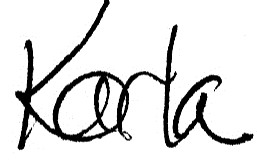
Karla Shepard Rubinger
Executive Director
Rosalind Franklin Society
www.rosalindfranklinsociety.org

A blossoming interest in STEM? These spots will inspire a love of science.
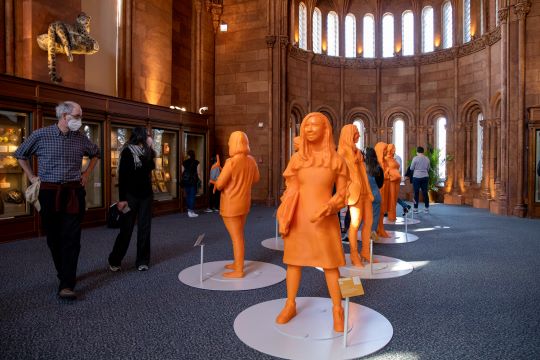
“#IfThenSheCan — the Exhibit” features 120 life-size statues of leading women in STEM around the National Mall as the centerpiece of Women’s Futures Month. The Smithsonian calls it “the largest collection of statues of women ever assembled together.” The Washington Post wondered where these women had been inspired to pursue a career in science — especially the ones who grew up in the D.C. area — and asked those who have lived and worked here if they’d tell them about their favorite STEM-related museums or places. Read more. Photo by Amanda Andrade-Rhoades for The Washington Post.
Women’s history month: 5 groundbreaking researchers who mapped the ocean floor, tested atomic theories, vanquished malaria and more.
Here are five profiles from The Conversation’s archive that highlight the brilliance, grit and unique perspectives of five women who worked in geosciences, math, ornithology, pharmacology and physics during the 20th century. Read more.
Cecilia Payne-Gaposchkin: the woman who found hydrogen in the stars.
In this piece for Physics World, Sidney Perkowitz delves into the work and life of Cecilia Payne-Gaposchkin, from her stellar astronomical findings to a career-long struggle with bias against women in the early 20th century. Read more.
Want to promote diversity in science? Offer better support.
“Growing up in Patna, India, I imagined that there would be a better representation of women in physics in the United States. But after arriving at the University of California, Santa Barbara, to begin my graduate studies in 1988, I was sorely disappointed to learn that I was the only woman in a class of 36 PhD students,” writes Chandralekha Singh in a piece for Nature. Read more.
Using science and celtic wisdom to save trees (and souls).
At a hale 77, Diana Beresford-Kroeger is a medical biochemist, botanist, organic chemist, poet, author and developer of artificial blood. But her main focus for decades now has been to telegraph to the world, in prose that is scientifically exacting yet startlingly affecting, the wondrous capabilities of trees, writes Cara Buckley for The New York Times. Read more.
Gender equality will enhance research around the world.
Addressing diversity in a range of contexts benefits everyone in tangible ways, and scientists’ perspectives can help to address complex, real-world problems. For example, a better understanding of sex-based differences in immunity is helping to advance cancer immunotherapies. Read more.
Why are female scientists wearing purple? #DressForSTEM!
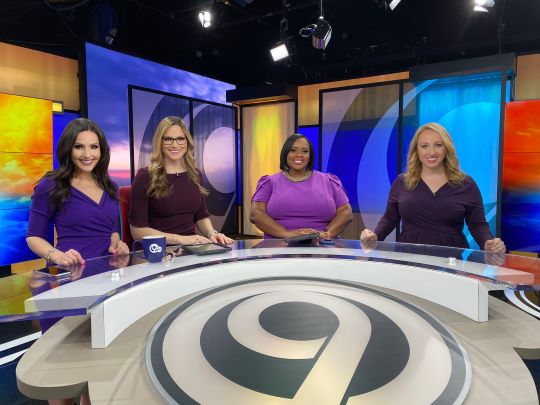
Now in its seventh year, the annual “Dress For STEM” event encourages women in science, and anyone else who would like to join in solidarity, to wear purple to celebrate female STEM pioneers, those active in the field and encourage the next generation of female scientists. Read more. Image: Meteorologist and journalists (Ashley Cafaro, Nicole Sommavilla, Iris St. Meran and Kate Thornton) at NewsChannel 9 in Syracuse, N.Y., wear purple for #DressforSTEM on Monday. (Courtesy of Nicole Sommavilla for The Washington Post)
Using data science to uncover the work of women in science.
"We know from interviews and writings that some women didn't think that their papers were notable enough to save and share with archives," says Dr. Elizabeth Harmon, a digital curator at Smithsonian Libraries and Archives. "Additionally, historians have argued for decades now that women's records are harder to find in historical collections because museums, libraries, and archives have been slower to collect records about women. And when they do, information about women is often scattered across various collections or hidden behind the work and records of male colleagues and relations." Read more.
Start-ups create career opportunities for scientists.
Chief science officers in industry used to fit a predictable profile: middle-aged, male and battle-hardened from many years at the bench. But the template is changing: scientific start-ups are now creating opportunities for a much wider range of researchers around the world, writes Chris Woolston in a piece for Nature. Read more.
How the ‘First Lady of Seaweed’ changed science.
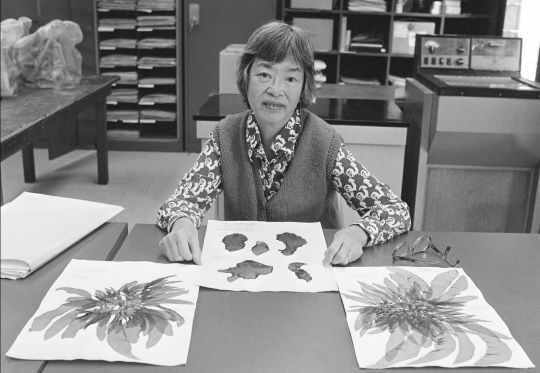
Isabella Abbott was a prolific researcher who changed our understanding of seaweed and discovered hundreds of new species. Image: Chuck Painter/Courtesy Hopkins Marine Center/Atlas Obscura Read more.
Queen of carbon, champion of women in science.
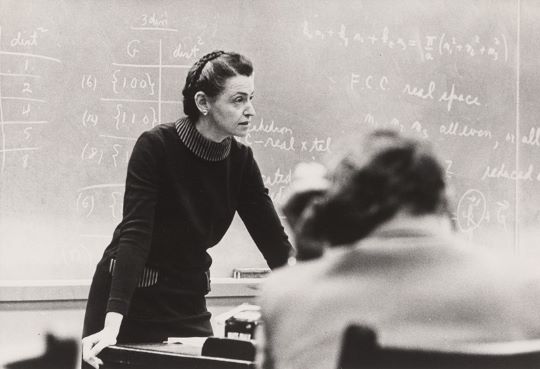
Mildred Dresselhaus’ trailblazing research into the fundamental physics of materials such as graphite and carbon nanotubes in the second half of the twentieth century, and her advocacy of equality in science, saw her dubbed queen of carbon. Read more. Professor Dresselhaus was a true legend and we were honored to have her speak at our 2012 RFS Board meeting. Image: Mildred Dresselhaus lecturing at the Massachusetts Institute of Technology in Cambridge.Credit: MIT Museum.
The Lasker Foundation 2022 Essay Contest Is Now Open!
The Lasker Essay Contest engages early career scientists and clinicians from the US and around the globe in a discussion about big questions in biology and medicine and the role of biomedical research in our society today. The Contest aims to build skills in communicating important medical and scientific issues to broad audiences. Deadline March 30, 2pm EDT. Read more.
The 30-year-old female founder at the forefront of a billion-dollar bet on CRISPR gene editing.
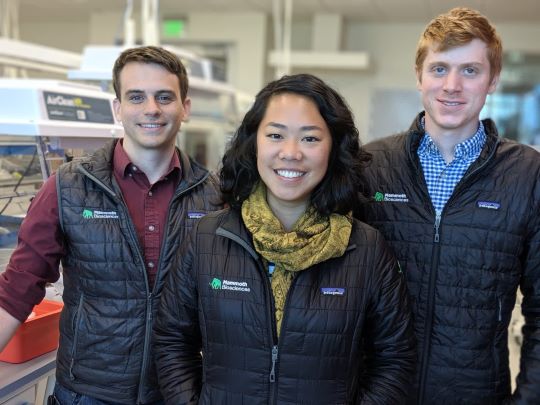
While not high profile like her gold medal-winning, ice skating brother — or Mammoth co-founder Jennifer Doudna, who won a Nobel Prize in chemistry for her work on CRISPR — Janice Chen’s bioscience work in gene editing technology is in the forefront of medical discoveries from identifying bacterial and viral infections to early cancer detection. Read more.
The 2022 SDG Gender Index sounds the alarm on global progress towards gender equality and unveils a blueprint for change.
The 2022 SDG Gender Index finds little progress on gender equality at the global level between 2015 and 2020. If current trends continue, the global score will reach only 71 out of 100 by 2030, the deadline for the achievement of the SDGs. And even this projection could be seen as optimistic, given the impact the COVID-19 pandemic has already had on the well-being of girls and women worldwide. Read more.
How Oni and Uché Blackstock, doctors, spend their Sundays.
Oni and Uché Blackstock, 44, are twin sisters and Harvard-educated doctors who have been on the front lines of the pandemic. Both run businesses that address racial inequity in health care. And both are divorced parents of sons. Read their story here.
She Persisted in Science: Brilliant Women Who Made a Difference.
In this book, Chelsea Clinton introduces readers to women scientists who didn't listen to those who told them "no" and who used their smarts, their skills and their persistence to discover, invent, create and explain. Read more.
Barrie R. Cassileth, who transformed cancer care, dies at 83.
Barrie R. Cassileth, whose efforts to bring treatments like acupuncture and massage into mainstream cancer care helped countless patients weather the pain of chemotherapy, radiation and terminal illness, died on Feb. 26 at an assisted-living home in Beverly Hills, Calif. She was 83. Read more.
Marianna Limas, Social Media Manager
Nilda Rivera, Partnership and Events Manager
|






